Features
As any steady-state infrastructure, SUMOSU Stations are simple in terms of building components, but powerful in relation to the impacts of policy and technology choices they foster. They respond to the most important challenges that sustainable urban planning is facing at the moment and can be a turning point for alternative energy developments andintegrated systems of public transport.
As a distinctive value opposed to most current systems, SUMOSU Stations offer an open solution allowing different actors to incorporate at any point and thus, avoiding absolute market power.
Each station contains:
– 10 city-car parking spaces and charge for Carshare fleets
– 4 front spaces for all-size cars of public fast charge
– Convenience store
– Water and air pump
Total space used each station : 120 m2
Number of cars per station: 14 spaces
Input Power 220 kw, 3 Phase AC (Other inputs available)
Input Current: (depends on placement of station)
Output Current: Modulated DC
Storage & consumption capacity: 800kw/day



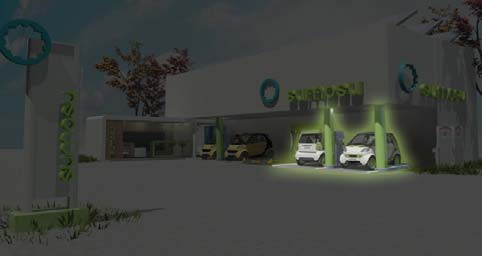

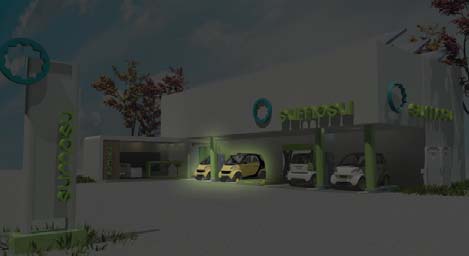
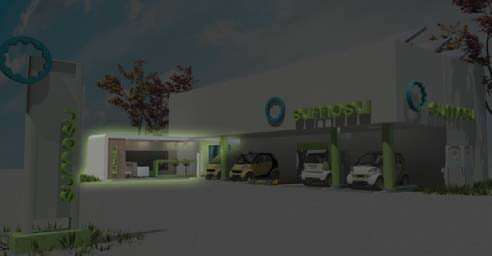






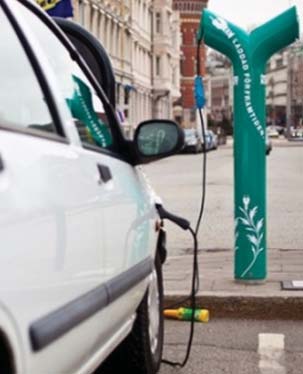
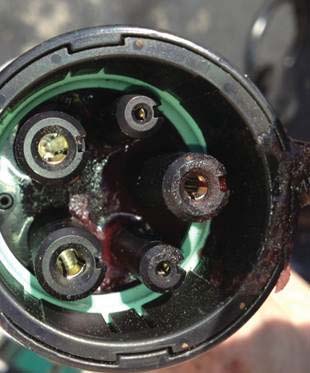
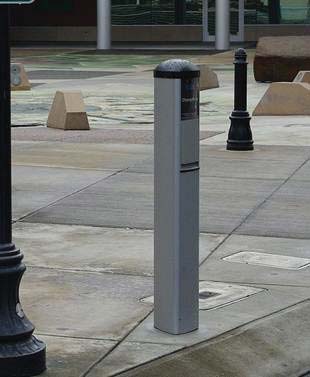


SOCIAL IMPACT
We believe that a holistic approach to sustainability is the only way to go. That is why we strive to adopt comprehensive sustainability strategies, and with an appreciation of the many links between individual issues.
As a company, we have an impact on the world in which we live, and the people we interact with. Our actions impact the communities in which we live and work, and the environment.
An easy and most cost effective way to reuse out-of-business gas stations within cities would be to tweak their original use by turning them into SUMOSU Stations, alternative transportation fueling sites. The space previously used by underground fuel tanks could easily fit the carousel of carsharing vehicles, or a battery pack designed with second-use batteries.
The integration and development of disadvantaged collectives is one of society’s challenges. To support these collectives, Urban Resilience works to offer these vulnerable groups an employment opportunity in SUMOSU Stations, which will allow them to develop professionally and personally.
SUMOSU Stations can incorporate vertical gardens: not only do they look beautiful, they also combat pollution by filtering harmful gases and help mitigate extreme summer temperatures.